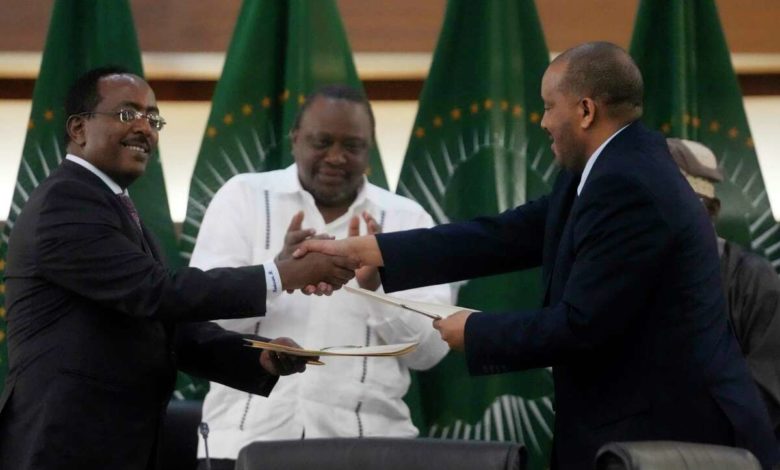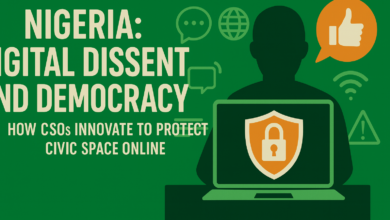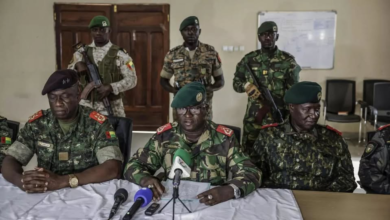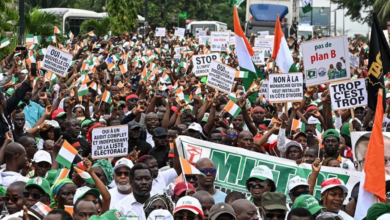Ethiopia signs peace deal with Tigray, a lesson for Cameroon

By Wilson Musa
The Ethiopian government represented by its lead negotiator, Redwan Hussein exchanged handshakes with the lead negotiator for the Tigray People’s Liberation Front, Getachew Reda, as they signed a historic peace deal that is expected to end two years of bloody conflict in the East African nation.
It has been an intense 9-day peace talk in Pretoria South Africa between the warring parties before a final decision was taken on November 2, 2022. This peace deal is the latest in African Union’s diplomatic wins.
The permanent cessation of hostilities according is expected to silence the guns and make way for concessions such as carrying out a disarmament plan, and humanitarian access to affected areas in the Tigray region, the AU said.
The Mediator, former Nigerian President, Olusegun Obasanjo, added that the parties agreed on a “systematic, orderly, smooth and coordinated disarmament, restoration of services, unhindered access to humanitarian supplies, protection of civilians, especially women children and other vulnerable groups.”
Tigray’s representative, Getachew Reda, hoped that the agreement will be respected by both sides because they have made concessions so that they can build on trust, the East African quoted him.
Beside Mr Obasanjo, was former Kenyan President, Uhuru Kenyatta,
African Union’s deliberate blind eye in Cameroon’s North West and South West regions
Since 2016, Separatists in the two English-speaking regions of Cameroon have been in a bloody conflict against the central government with thousands of death toll recorded. The Separatists say they are restoring the once independent state of Southern Cameroon before 1961 and subsequently 1972 and 1984 when the federal and united systems were abolished, respectively.
The repressive measures used by the government of Cameroon in October and November 2016 against lawyers and teachers protesting for reforms, gave birth to the conflict.
The African Union has only made lip services and supported the international mediation process by the Swiss but has never engaged Yaoundé to carry out real dialogue to end the conflict. The Swiss process was later allegedly rejected by the Cameroon government.
AU Commission Chairperson, Moussa Faki Mahamat is from Chad, in the central African subregion, where heads of state accumulate dozens of years in power. It is believed that Mr. Faki and the AU do not want to “hurt” their regional friend Paul Biya who maintains a strong stance that the conflict in the two regions is an internal crisis with pockets of resistance.
But just like the conflict between the Tigray and Ethiopian governments, millions have been internally displaced in the two regions, while thousands are seeking refuge in neighboring Nigeria. Thousands have died, with many cases of abuse recorded on both sides of the conflict.
One of the world’s most neglected conflicts in Southern Cameroon is begging for international attention as thousands have been out of school, some relocated while others manage to do business under the threatening sounds of gunshots every day.
The African Union must not favor one child over another.
A lesson for Cameroon
While waiting on the AUs for intervention, the Ethiopian government has just demonstrated that it is aware of the sufferings of the population of Tigray and the entire nation. Despite the military prowess of Africa’s second most populous nation, the country decided to seek peace than war.
Cameroon’s President Paul Biya must stop listening to ministers who tell lies to maintain their positions or gain favors. Since 2016, ministers such as Paul Atanga Nji, Jacques fame Ndongo, Laurent Esso, and Joseph Beti Assomo, keep saying what is happening in the regions is just “pockets of resistance” but lives are being lost, properties destroyed and many displaced.
Cameroon’s president who came to power and preached rigor, moralization, and integrity as part of his regime’s roadmap, must uphold human dignity as the father of the nation and address the Anglophone crisis from the root cause.




